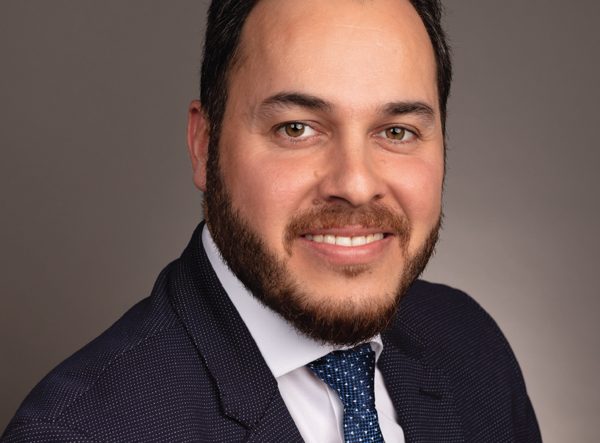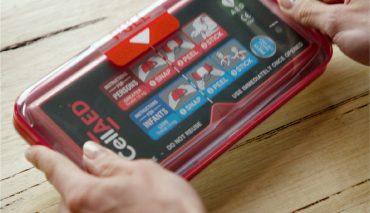Building a culture of innovation
Atheer Nassir – Chief Research Officer, Rapid Response Revival
The observation “innovate or die” is used so frequently, it has become a business aphorism in its own right.
Walt Disney Corp chairman, Robert Iger evoked the phrase in his biography. He said, “Innovate or die, and there’s no innovation if you operate out of fear of the new or untested.”
He was talking about running an entertainment company. The second part of that quote is absolutely pertinent to medical device innovation.
Improving on what has come before
My colleagues and I have dedicated ourselves to the vital work of improving the ability of bystanders to respond effectively to sudden cardiac arrest.
This work requires a belief in the power of innovation. We believe that by improving on decades-old AED (automated external defibrillator) technology, we can give more people the tools they need to save lives.
I think one of the reasons why this technology hasn’t been significantly improved over that time, is mistrust of the new.
We know for example, that medical device regulators are less likely to approve designs that depart too far from equivalent devices that represent the current paradigm. Innovators have to work much harder than me-too device manufacturers to convince regulators on the merits of their creation.
In that context, it is easy to understand why true innovation occurs so infrequently.
In the world of medical devices, it takes many years and many millions to create something new, let alone pass regulatory scrutiny. That we have achieved this with CellAED is momentous.
Staying the course on innovation
We couldn’t have come this far without protection of our inventions.
We rely on patents and other IP protections. Our patents are assets, converting ideas into intellectual property that recognises and protects the results of our creativity and expertise.
Registration of patents, copyrights and trademarks, however, is only one aspect of IP protection. Other aspects of IP protection can be unregistered, as trade secrets. This is the secret sauce, that hasn’t been disclosed to an IP agency in return for registered protection.
We need both registered and unregistered protections to give our inventions the best chance of making it to market, and being adopted.
Committing to continual innovation
CellAED represents the work we’ve done to-date. It is just the start, however, of the journey toward the full potential of our creativity.
“For us to reach that potential, we need to stay committed to continual innovation.”
This month, we have introduced Rapid Response Revival’s inaugural Innovation Committee. This Committee exists to nurture innovation and creativity in every aspect of our work, harness the opportunities that spring from this innovation, and celebrate the owners of creative ideas.
With our Innovation Committee, the pathways to converting ideas into real products, services and processes are set within the business.
These pathways are lengthy and expensive. The Innovation Committee was established in recognition that this is a worthy investment, to give us all the freedom to develop ideas.
Business born from innovation
Rapid Response Revival is a business born from ideas. It began as a search for a solution to a problem: lack of household access to AEDs in the moments following a sudden cardiac arrest.
Our continued success relies on a constant, continued commitment to generating new ideas, and harnessing those ideas into innovation.
In this sense, Robert Iger’s sentiment can be reframed to the positive:
Embrace the opportunity to improve. Create a culture that constantly questions the assumptions that things are as good as they can be. Celebrate and encourage inquisitiveness.
There is an amazing brain engine at the core of Rapid Response Revival. Encouraging creativity, and protecting inventions, will be key to our continued ability to innovate – and ultimately, save lives.
DISCLAIMER: CellAED is currently only approved for use in the member states of the European Economic Area. If you would like to be kept informed on when regulatory approval has been secured for your location, register your interest here.



